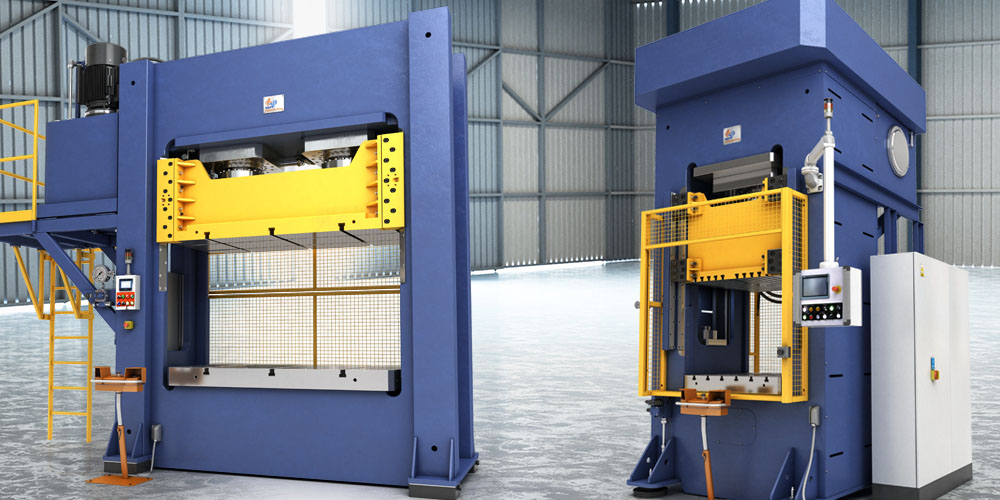The first hydraulic press machine was developed in the 18th century by Bramah. Since its development, several innovations have been made to ensure that it attains high precisions in the plastic deformation processes. Currently, the latest innovation ensures that the machine can be computer-controlled. If you want to learn more about the latest innovations in the hydraulic press machine, visit here. In addition, to the innovations, the machine also allows for smooth processes to occur. Thus, this article aims to inform you of seven manufacturing processes of the hydraulic press.
7 manufacturing processes of the hydraulic press
1. Metal drawing process
The metal drawing manufacturing process involves the machine deforming the workpiece using a small cross-sectional area die or mold to reduce the workpiece’s cross-section.
Furthermore, a compressive force of about 150 tons needs to be used for the drawing processes to be done successfully.
2. Blanking process
The blanking process involves the hydraulic machine cutting a form or shape from a sheet, strip, coil, or billet of metal. The primary point to note is that the blanking process commonly uses a metal coil. Furthermore, the blanking process and piercing process differ in that the piece of material that is cut in the blanking process is the workpiece, while in the piercing process, it is the scrap.
3. Straightening process
As the name suggests, the straightening process requires the hydraulic press to straighten a bent sheet metal or shafts. One of the advantages of the hydraulic press is that it ensures the effective straightening of deformed metal sheets or shafts.
4. Stretch forming process
The stretch forming in the hydraulic press machine manufacturing process involves a sheet metal being bent and stretched over a die to create a big contoured piece. The purpose of the stretch forming process is usually to reduce a workpiece’s thickness. Additionally, the vertical hydraulic press is the machine that is commonly used for this process.
5. Piercing process
The piercing process is a general term used to describe punching, shearing, and cutting a workpiece material. The process helps in creating shapes in a workpiece. Furthermore, the piercing can be done by establishing slots, slits, holes, and many other shapes.
6. Closed die process
The closed die process is also known as coining. The process’s purpose is to ensure that the sheet metal fits the profile and shape of the die. Thus, the coining process ensures that the workpiece is shaped into the design of the die. Additionally, the steady and slow compressive force is used to create a perfect edge shape and surface.
7. Folding process
As the name suggests, the folding process is when the hydraulic press folds large parts or several parts of the workpiece. Additionally, the hydraulic press ensures that the process has minor damage to the surface structure. The process is done by the exaction force to the workpiece’s middle part and turning the flanges upward.
Conclusion
The hydraulic press manufacturing process involves several processes to ensure that you get the part you need and the shape you require. Thus, the above processes will help direct you on the several manufacturing processes that the hydraulic press machine undergoes.
